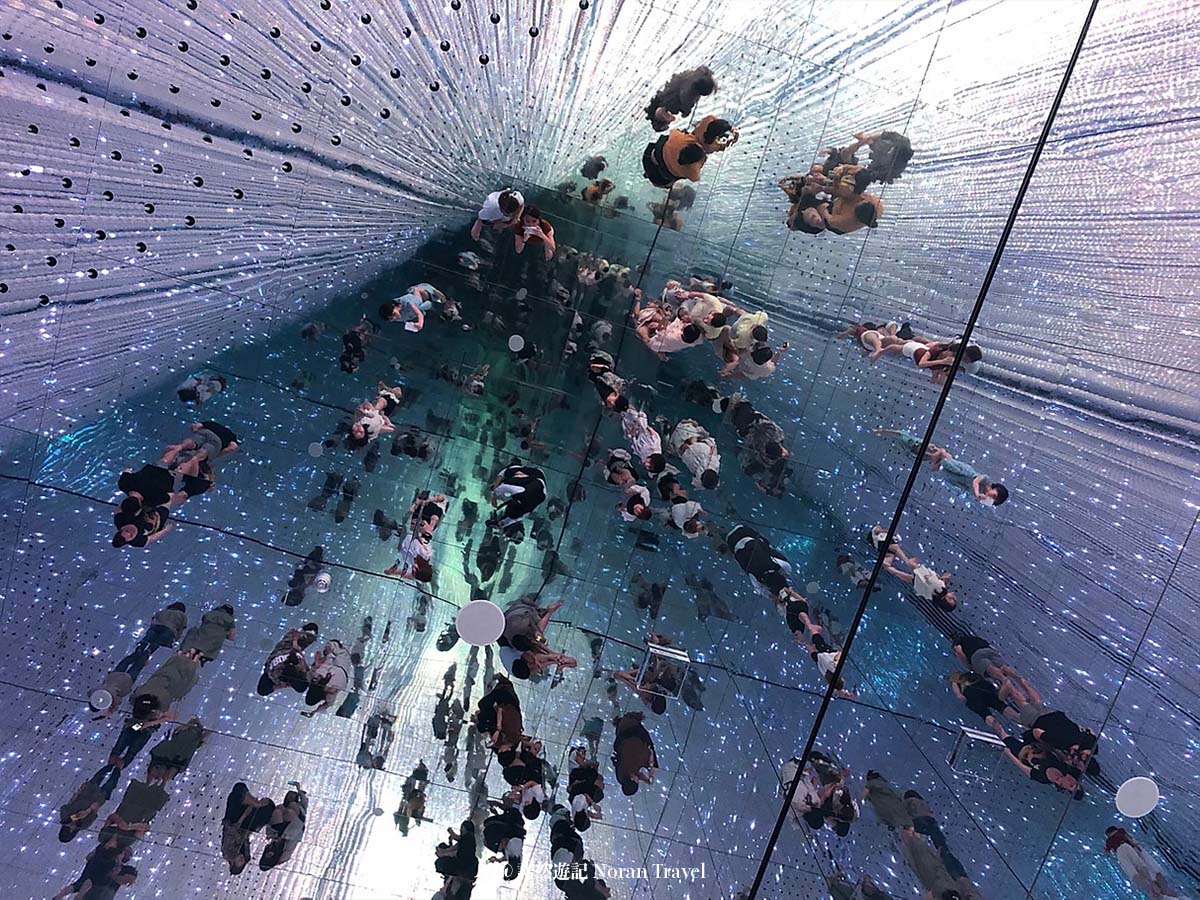Disclaimer: The content is translated from Traditional Chinese by AI. We’re reviewing all translations manually to ensure the accuracy!
📍 Sanzen-in

Sanzen-in(三千院) is one of the five Tendai Monzeki temples, and certain members of the imperial family served here in the priesthood throughout the temple’s history Sanzen-in was built in the 8th century by Japanese Buddhist monk Saicho. Sanzen-in is located in Ohara, the birthplace of Shomyo (Buddhist sutra chanting) and known as a sacred spot in the belief of Jodo (Pure Land Buddhism) among Nembutsu-Hijiri (prayer mendicant priests).The present name is derived from a plaque written by written by Emperor Reigen in the Jibutsu-do hall of Kajii Goten (the temple building), following the departure of an imperial prince priest from the priesthood.
Map of Sanzen-in

Sanzen-in Temple is mainly divided into six parts: Goten-mon Gate, Shuheki-en Garden, Yusei-en Garden, Ojo-Gokuraku-in Hall (Amida Hall), Statues of Warabe-jizo, and Konjiki-Fudo(Hall)of Golden Acalanatha. It contains eight important cultural heritages, including the statue of eshinsouzu-zou(惠心僧都像), annyouni-zou(安樣尼像), amida-nijugobosatsu-raigouzu(阿弥陀二十五菩薩来迎図), amida-sanzon-zou(阿弥陀三尊坐像), funazokogata-tenjouga(舟底型天井), shomyokuden(声明口伝), goshoguruma-tsuitate(御所車衝立), and keko(華籠).
The main hall and guest hall
In order to protect important cultural relics, all visitors are required to take off their shoes to enter, and transparent plastic bags are provided in the hall for visitors to explore with their shoes. Other than that, you can't take pictures of the Guest House (Ryuzen-in Temple in the Heian period) and Shinden (the Imperial Palace Imperial Confessing Hall where the memorial service was carried out through a statement). According to reports, the main statue in the Shinden is a treasured Buddha statue made by a missionary master — Yakushi Ruri Koyorai, while Nishima enshrines the inner Buddha of Ryukaji (Prince Hoshi).
Jubikuen and Yuqing Garden

Before leaving the shrine hall, visitors can enjoy tea under the beautiful red maple leaves and enjoy the garden's many cedar trees and autumn leaves. According to legend, Juhekien was built by Kanamori Shu, a tea ceremony master in the Edo period. The name Youqing Garden comes from the Chinese poet Xie Lingyun's poem “The landscape has a clear sound.” Stroll through the verdant moss fields and paths to reach Paradise.
Paradise of the Past: Mitha Sanzon

The “Three Statues of Amitabha,” which is a national treasure of Japan, enshrines Amitabha, Kanzeon, and Daishi Bosatsu. According to temple records, Osho Gokurakuin was designed as a roof with the bottom of a boat recessed upward to accommodate the “Three Amitabha Statues” larger than the Buddha Hall. Although the figures of the celestial maiden flying to the Pure Land of Paradise and the various bodhisattvas depicted on the roof are difficult to see with the naked eye, you can even enjoy the restored imitation products at the “Yuanrongzang” exhibition hall, an important cultural property collection center here, recreating the scene of Pure Paradise at the time.
Seven Lucky Gods: Yusaiten

While walking in a quiet and peaceful atmosphere, we saw the statue of “Yusaiten” among the Seven Lucky Gods. The image of Dou Caitian is a headdress with an eight lotus crown holding a pipa, representing wisdom, art, music, and many aspects of well-being.
Golden Fudō Hall and Kannon Hall

Golden Fudodo is located in the hydrangea garden, and it is said that the main statue is a treasured Buddha statue made by Master Chisho — Golden Fudo Myoo. It belongs to the Japanese Buddhist Esoteric Buddhism, one of the Guardians. The Kannon Hall above it enshrines Sho Guanyin (usually abbreviated as Kannon Bodhisattva), and the surrounding area enshrines a small statue of Guan Yin, which has a wide range of relationships, and a “Garden of Mercy Eyes” recreating the Pure Land of Fudao is placed next to it.
Sanzen-in Goshuin

Sanzen-in Temple has a total of three goshuin reception areas, including Fudo Myoo in Golden Fudodo, Kannon Bosatsu at Kannon-do, and Yakushi Nyorai and Amitabha Sanzon in Enrongzo. After praying, you can go get the appropriate goshuin. If you want to understand the origin of the name Goshuin, how to obtain it, etiquette, and taboos, please read[Japan] Goshuin | A seal that records the experience of visiting, differences between shrines and temples.
How do I get to Sanzen-in?
Method 1: Take the Osaka Metro (Karasuma Line) to Kokujukaikan Station, then transfer to Bus No. 3 (bound for Ohara/Takadaishi) to Ohara, about 23 minutes by car. A 10-minute walk from Ohara bus stop.
Method 2: From the C3 bus stop at Kyoto Station, take bus No. 17 Ohara, about 1 hour by car. A 10-minute walk from Ohara bus stop.
💡 Address: 540 Ohararaikoincho, Sakyo Ward, Kyoto, 601-1242 (Google Maps Please click here)
💡 Opening hours: 9AM - 4:30 PM (December 7 to February), 8:30 AM - 5PM (March to December 7)
💡 Ticket price: 700 yen
💡 Official website: http://www.sanzenin.or.jp/en/
🚝 Must-haves for traveling in Japan
Use Skyscanner to find the cheapest international and national flight, together with JR Pass, you can enjoy unlimited travel on the nationwide JR network, including Shinkansen. Giving you the freedom to explore Japan at your own pace, with no limit on the number of trips you can take.
















